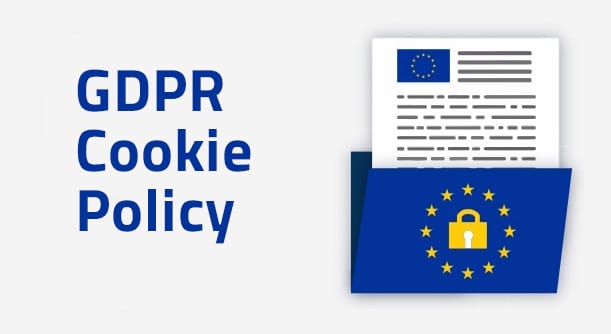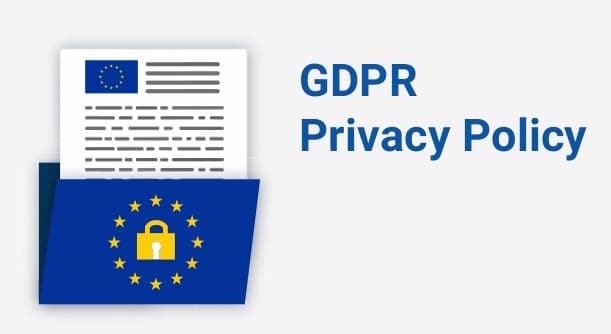What is a Terms of Use Document?
Terms of Use are rules that users must agree to in order to use a service, such as your website. These are usually a disclaimer, as well as including the company's responsibilities and liabilities. Terms of Use documents are used for various reasons. Firstly, they protect your business from risk or uncertainties. They are also a great way to show that you own your content, protecting it from theft or misuse. Terms of Use are also...






